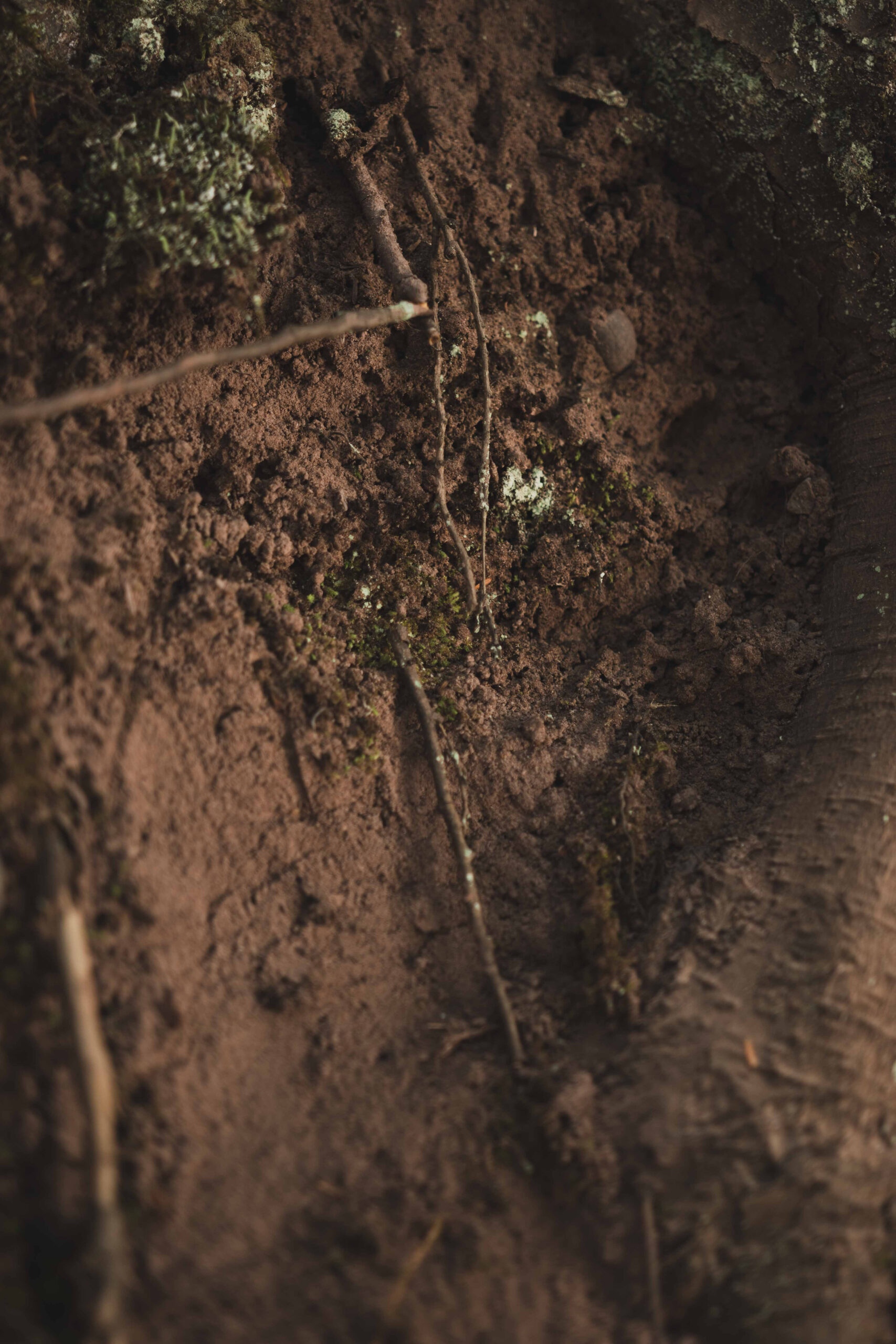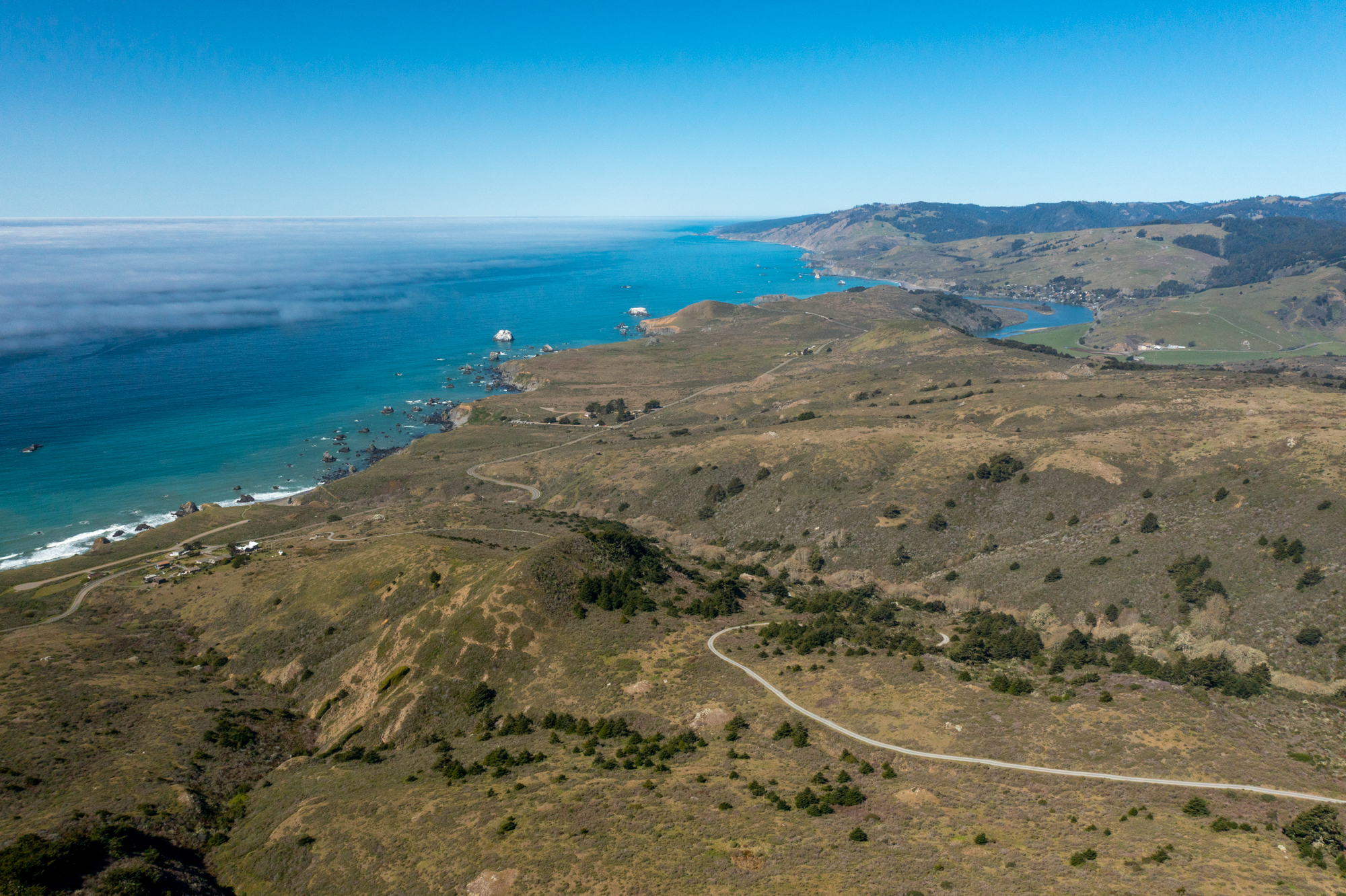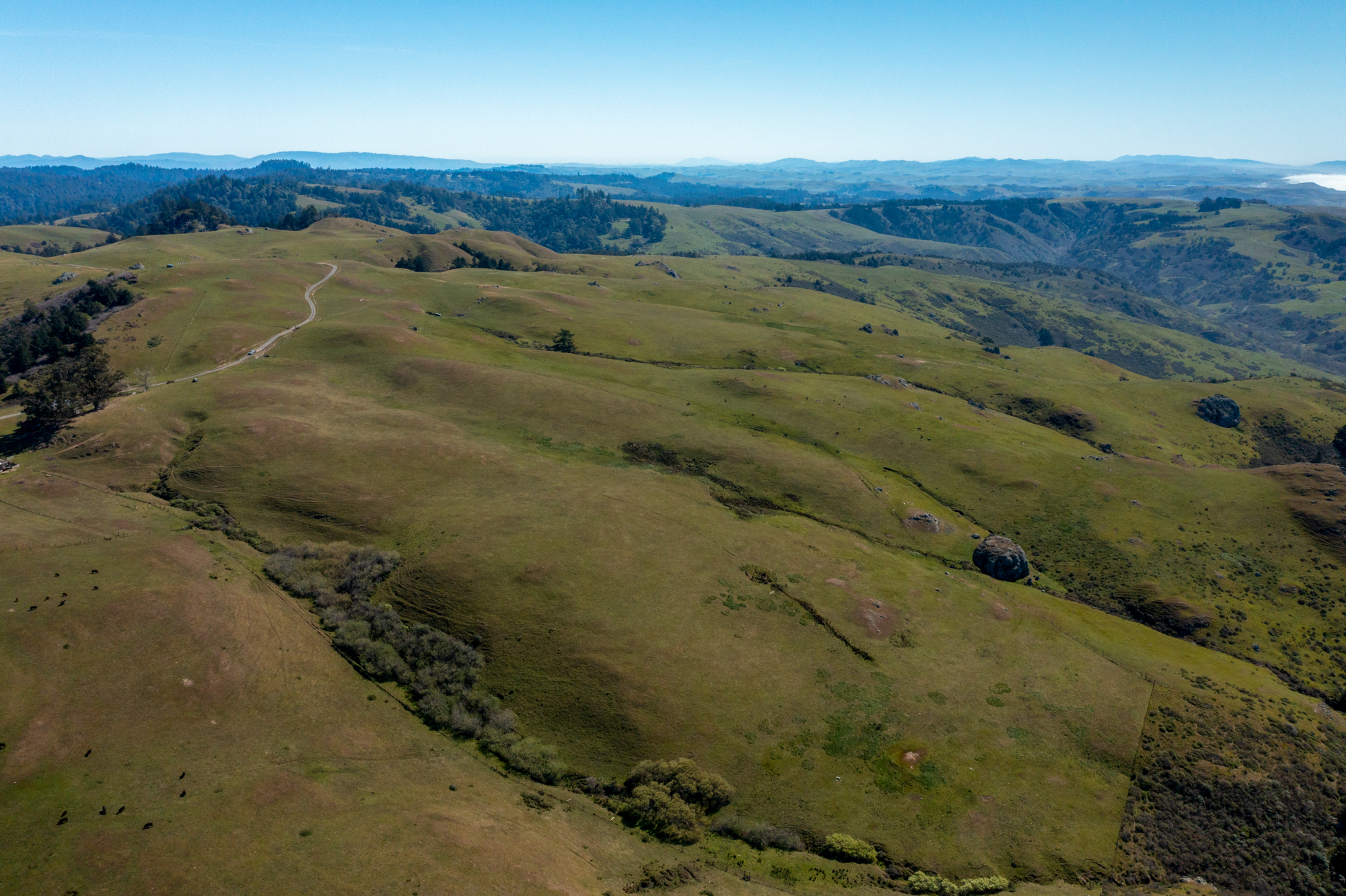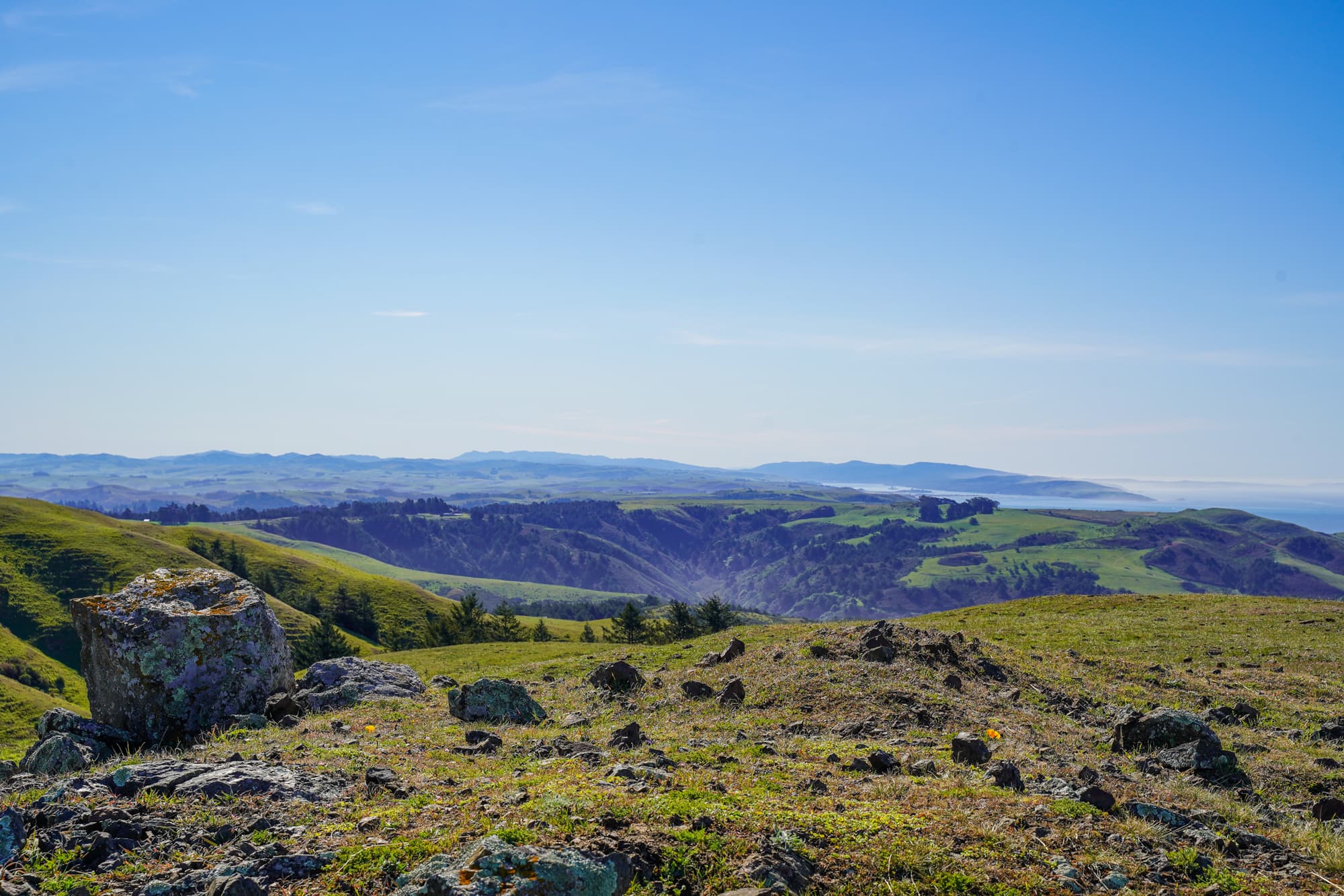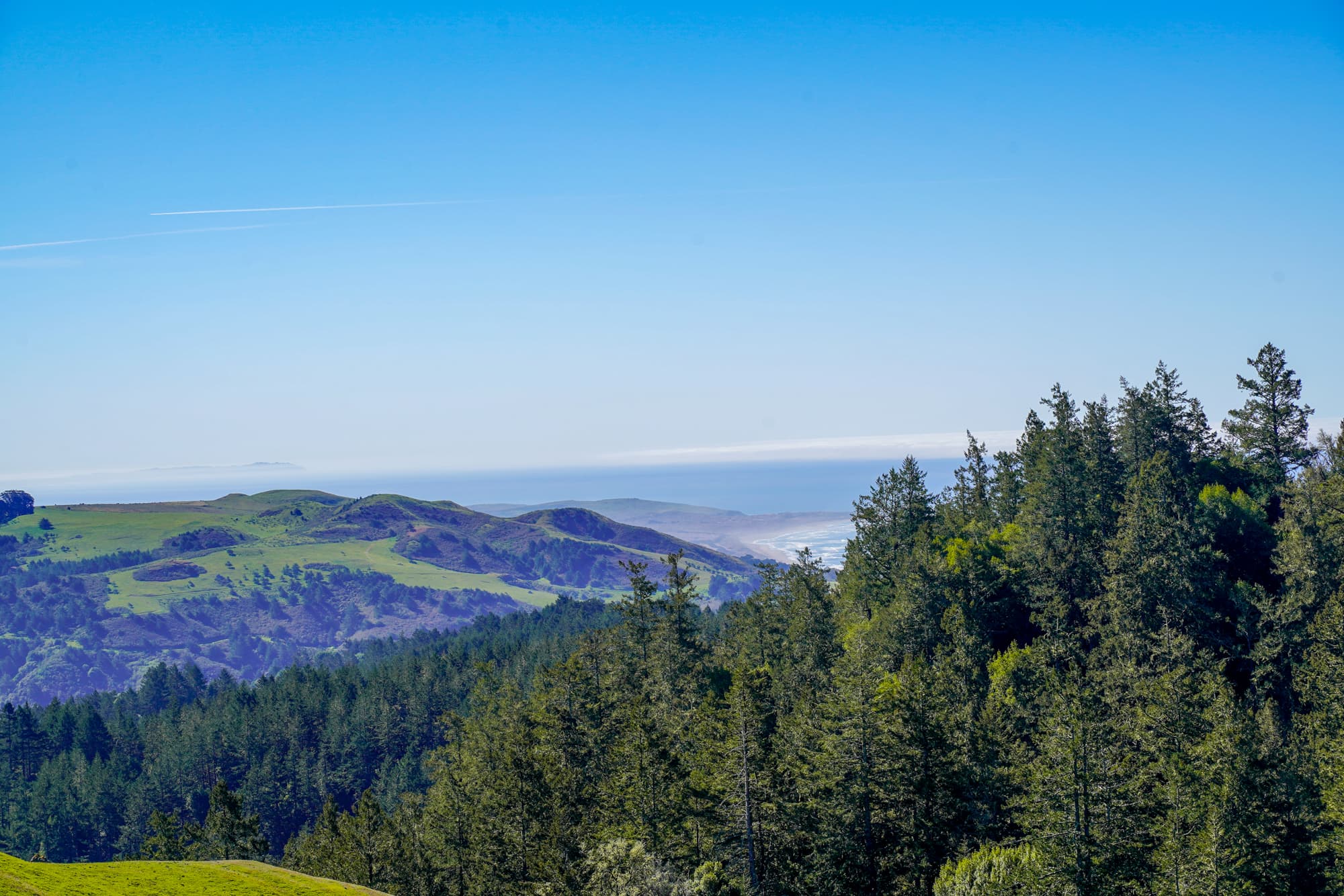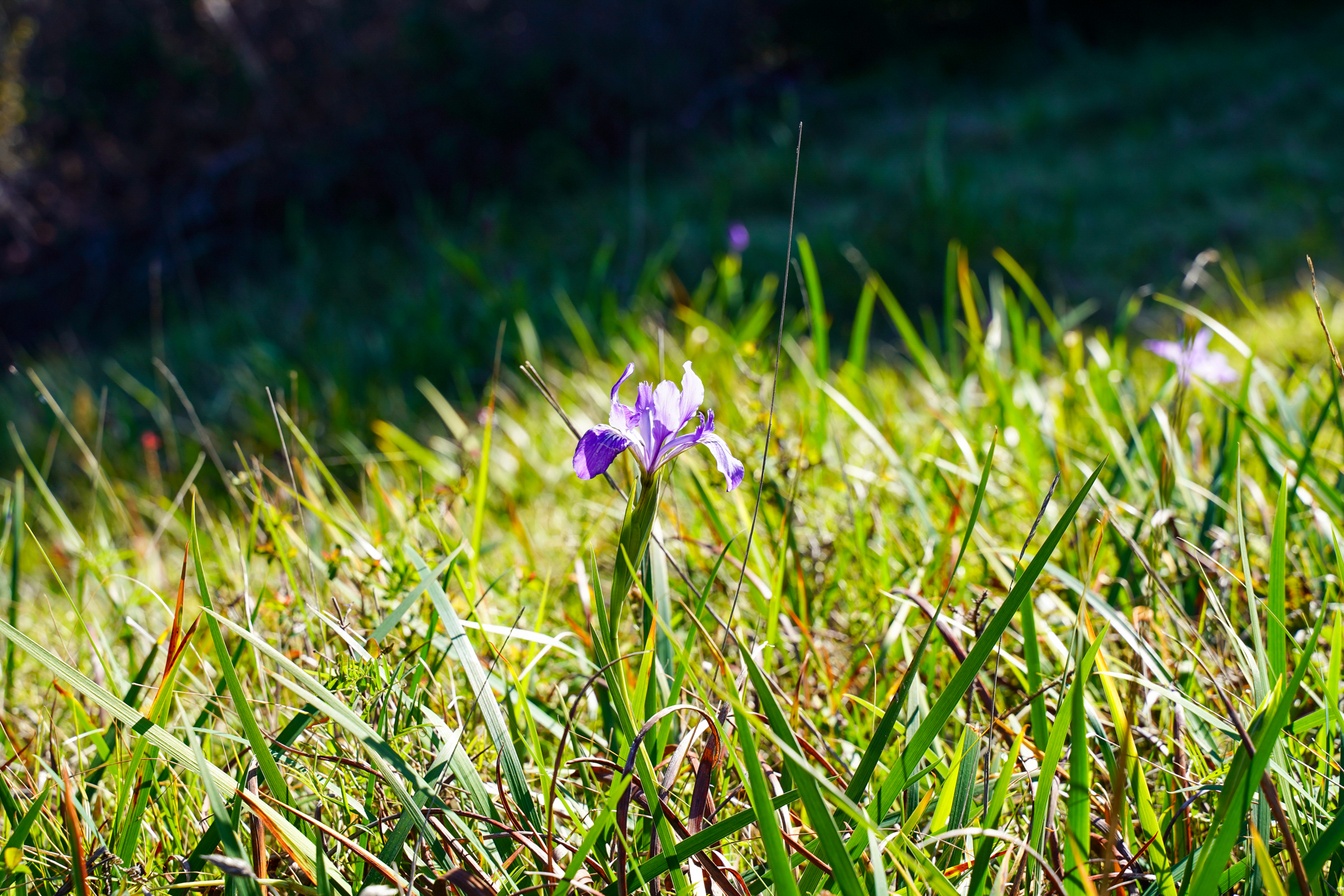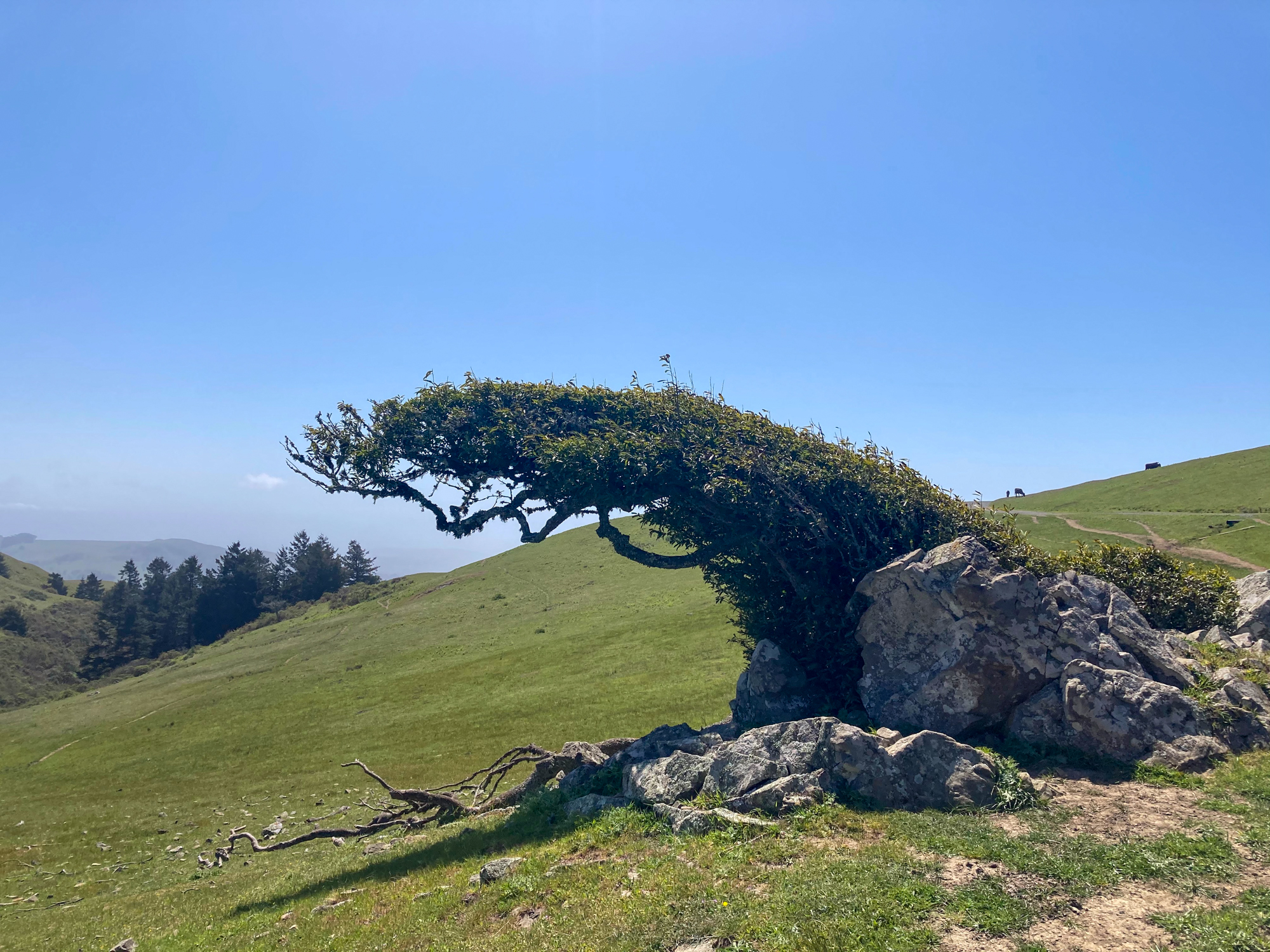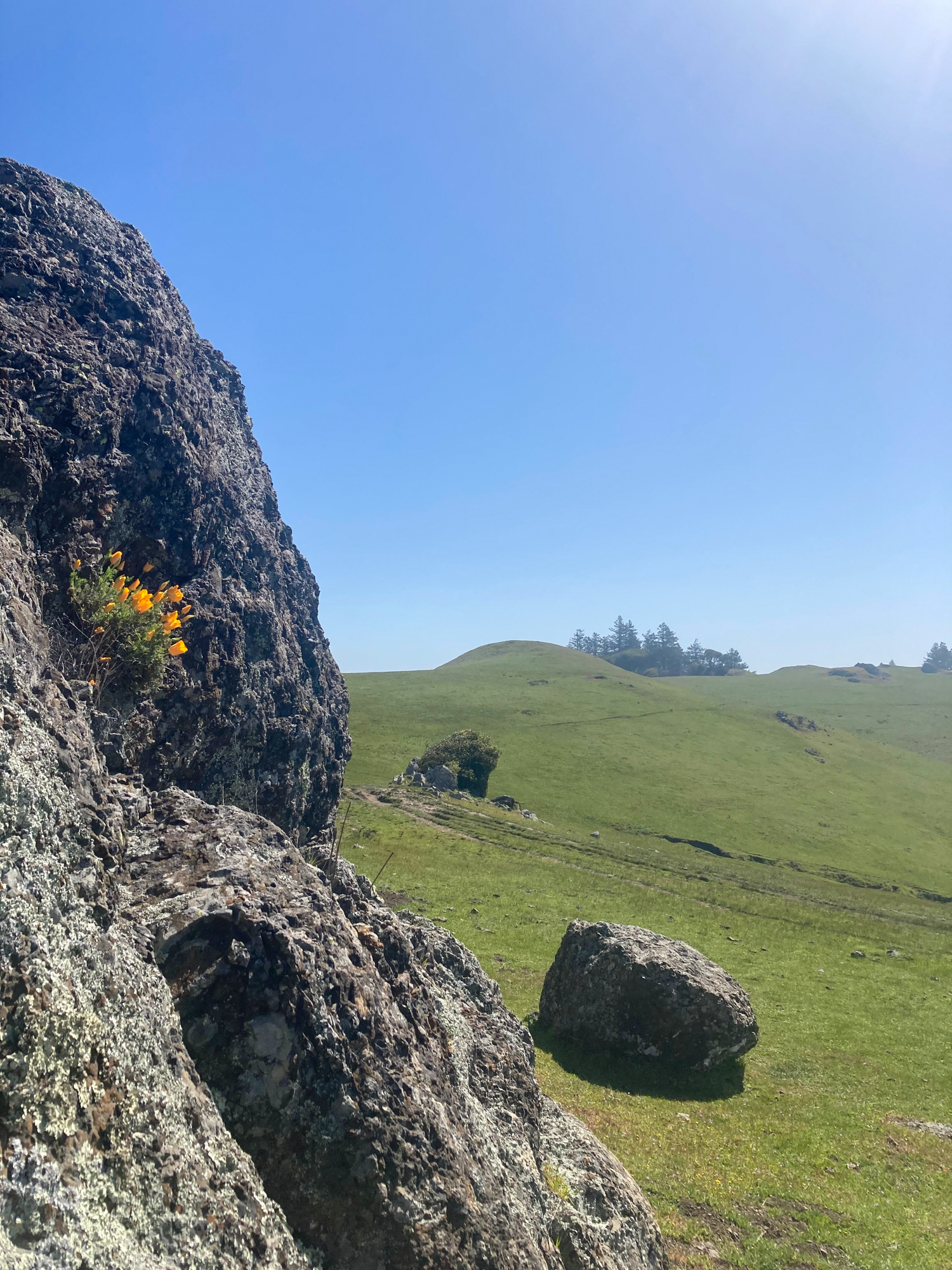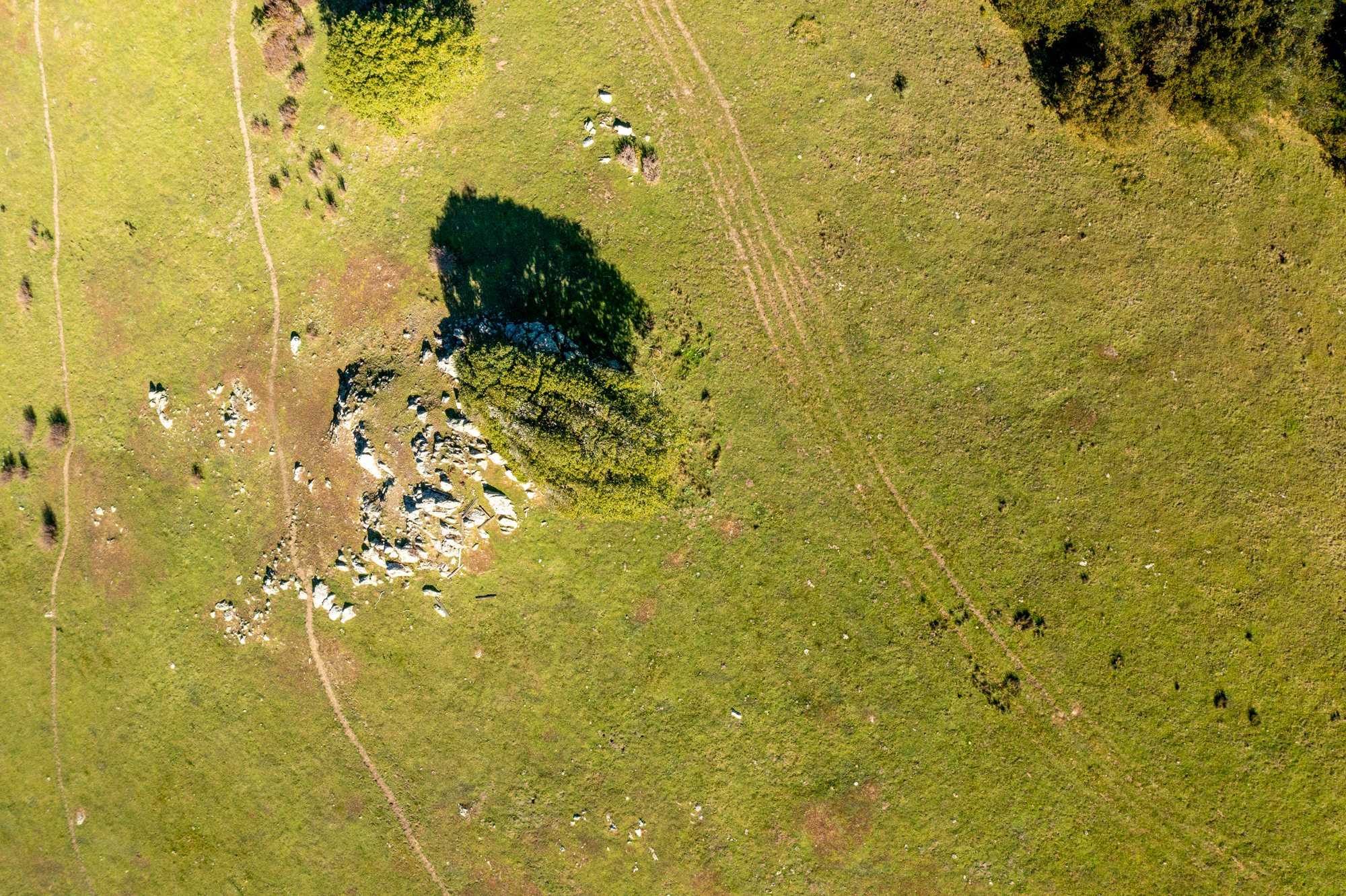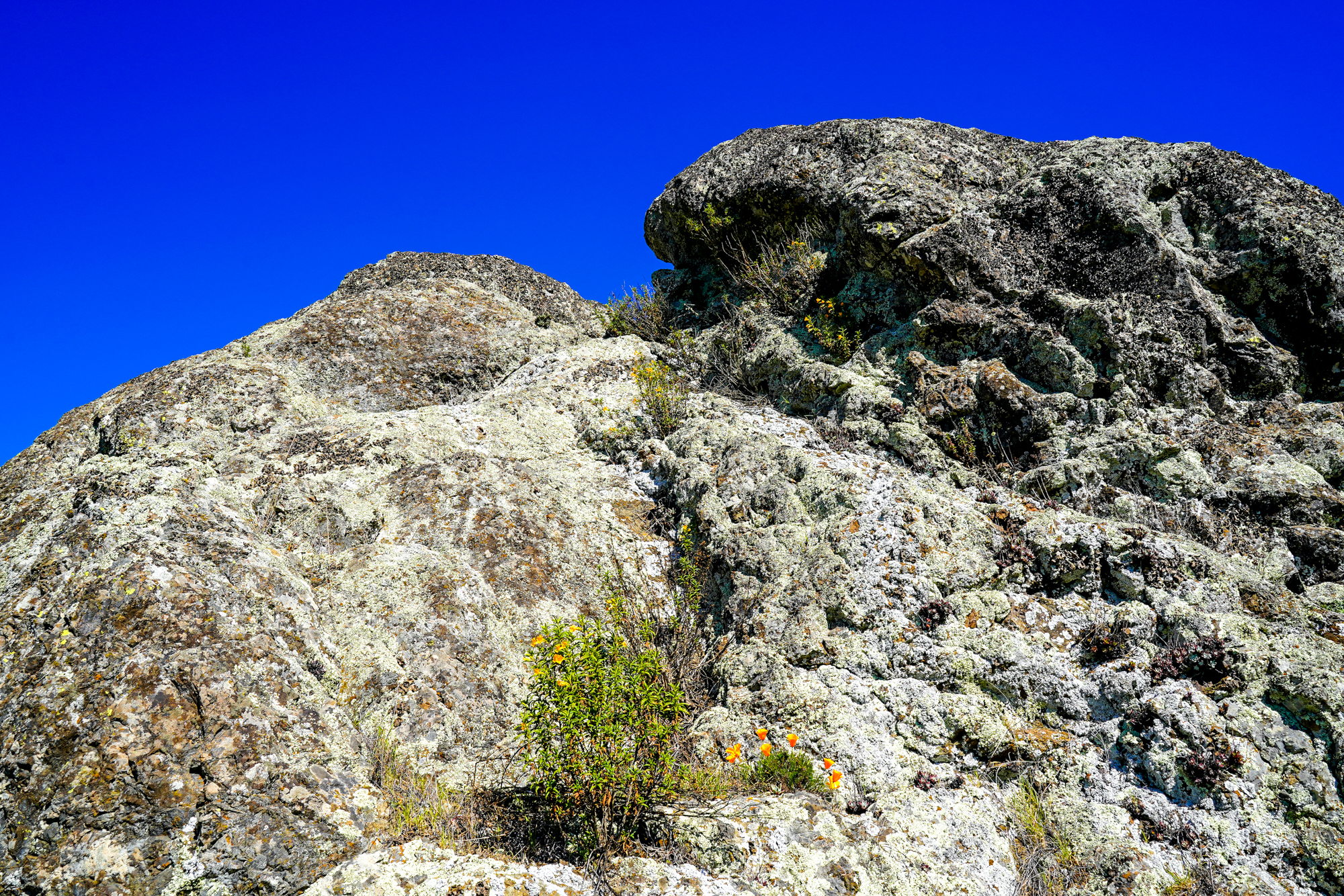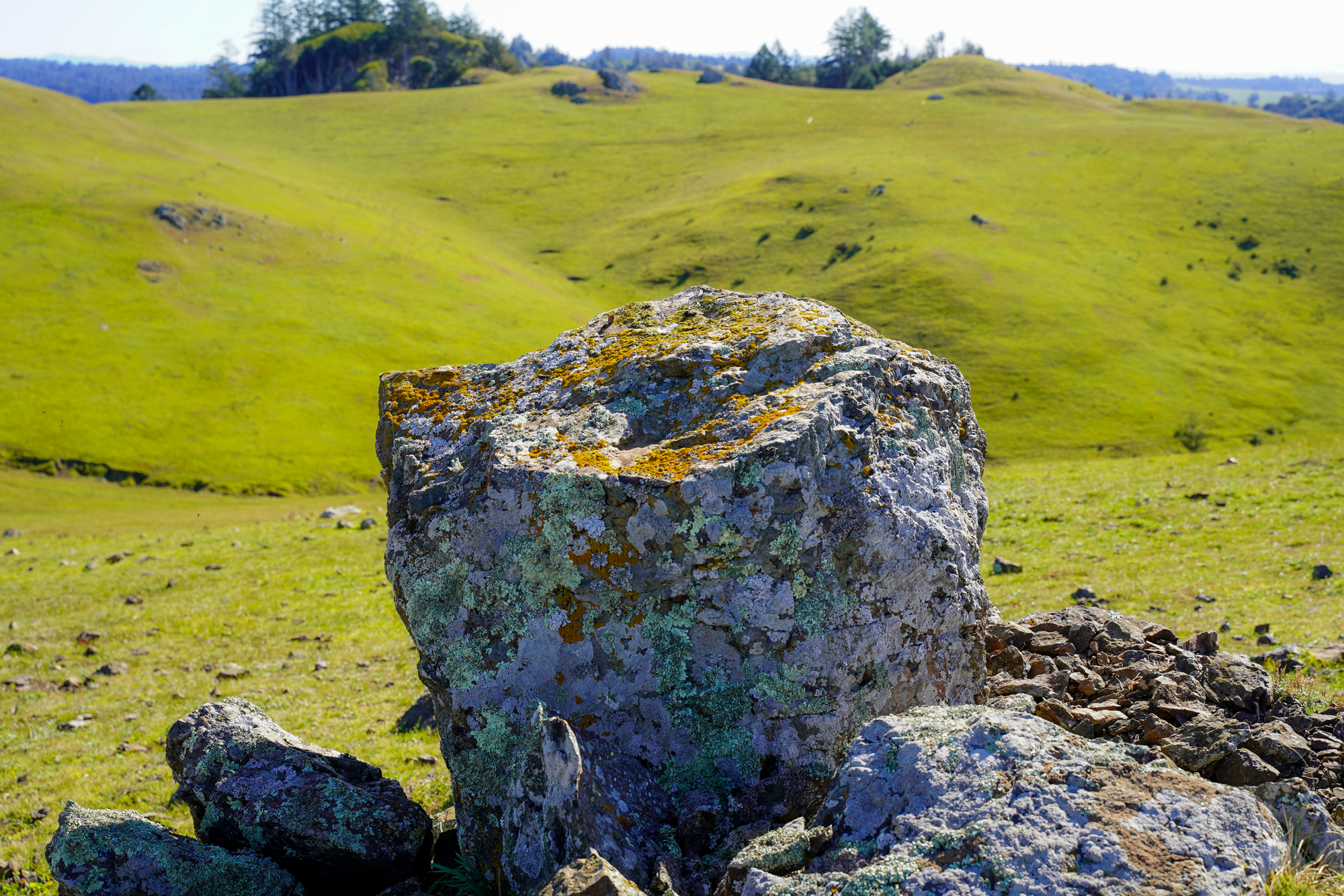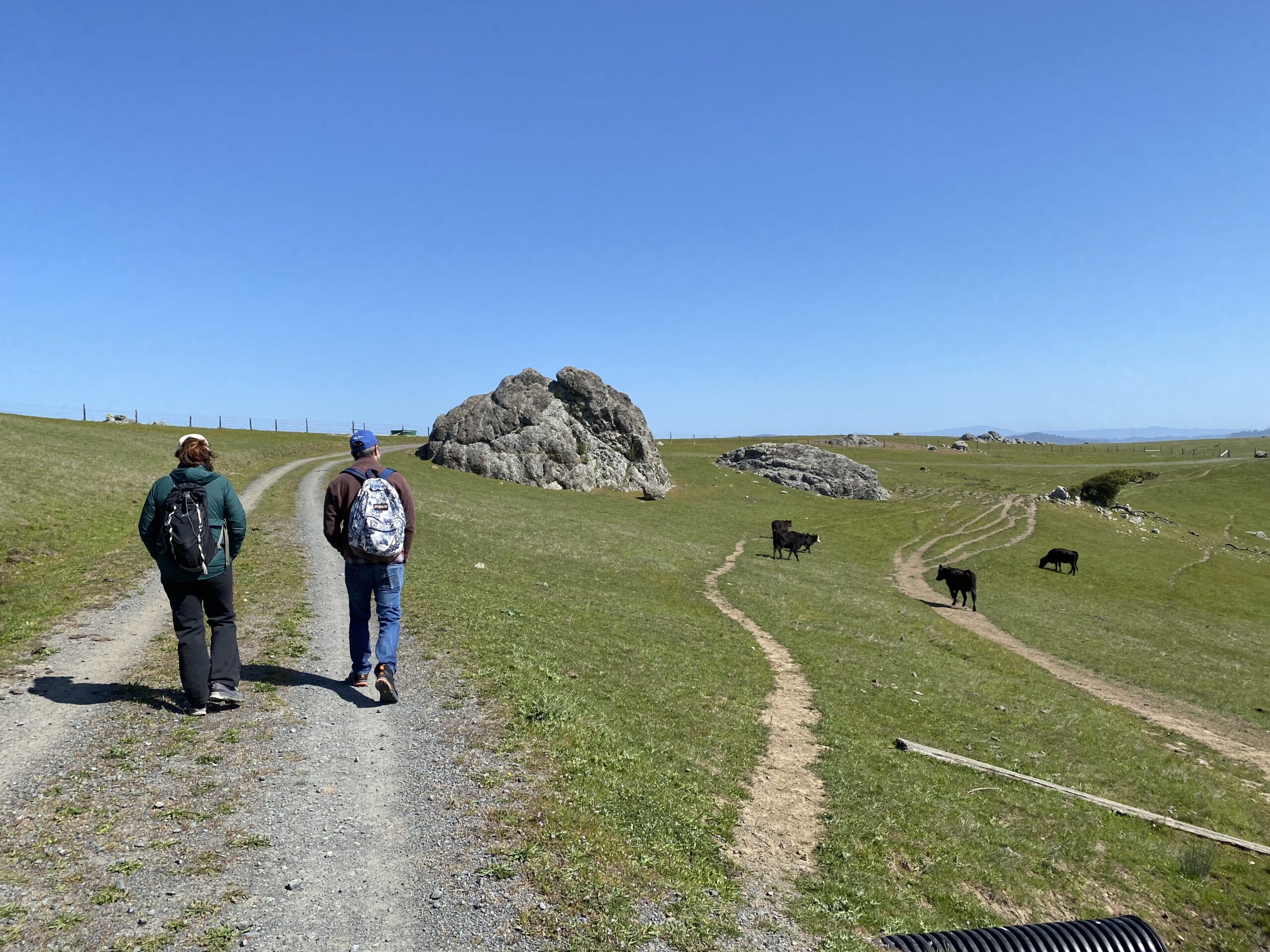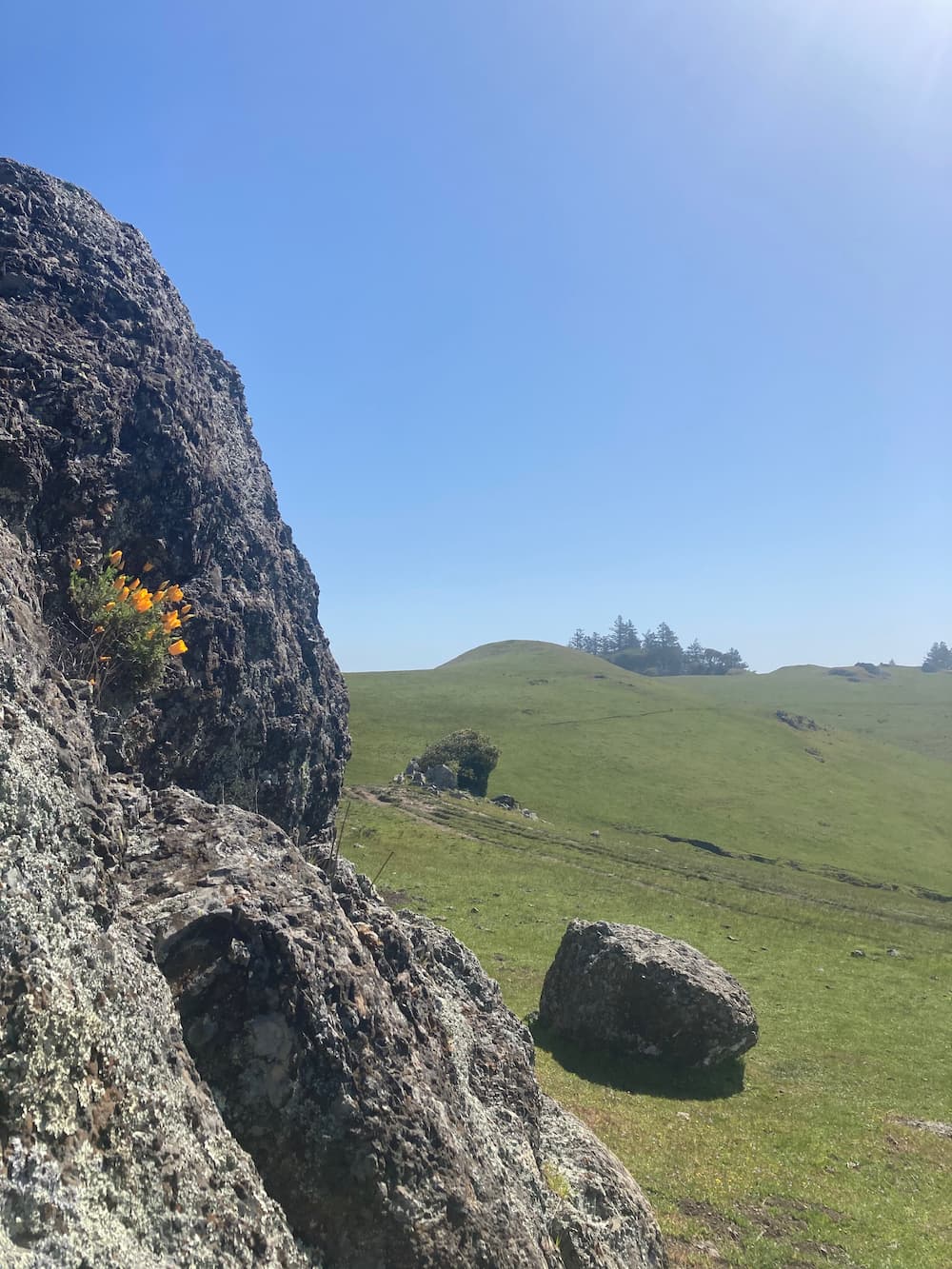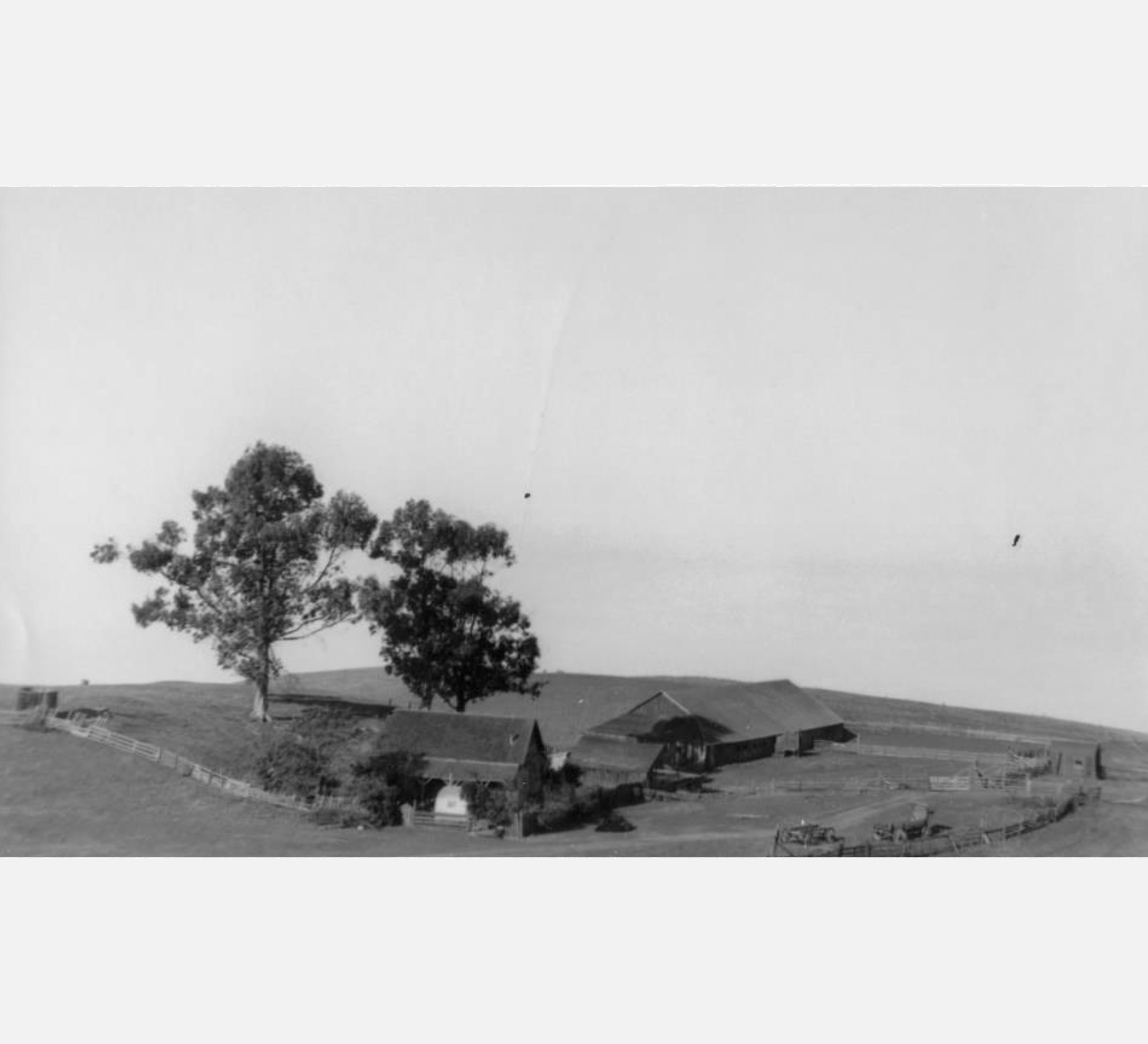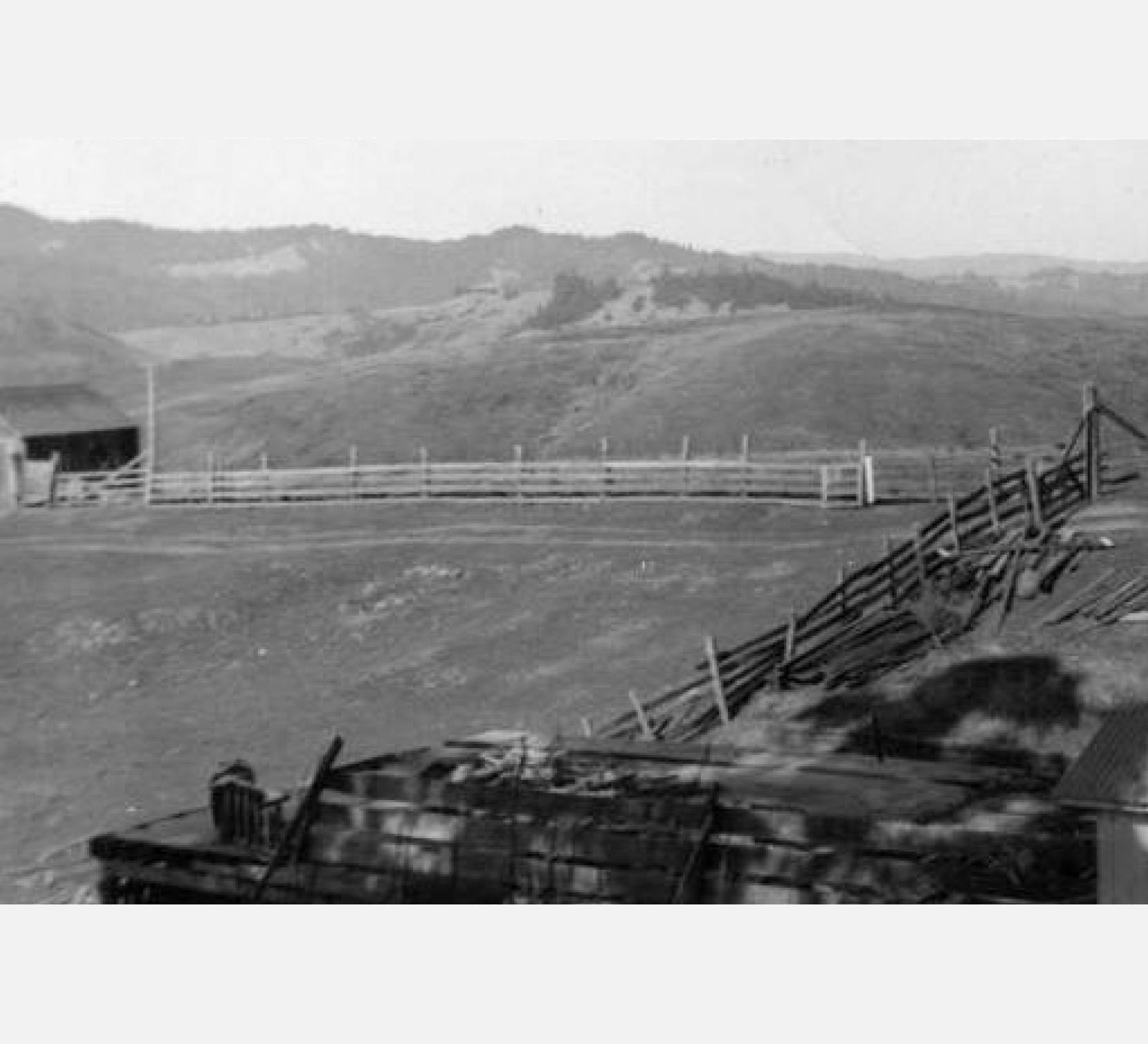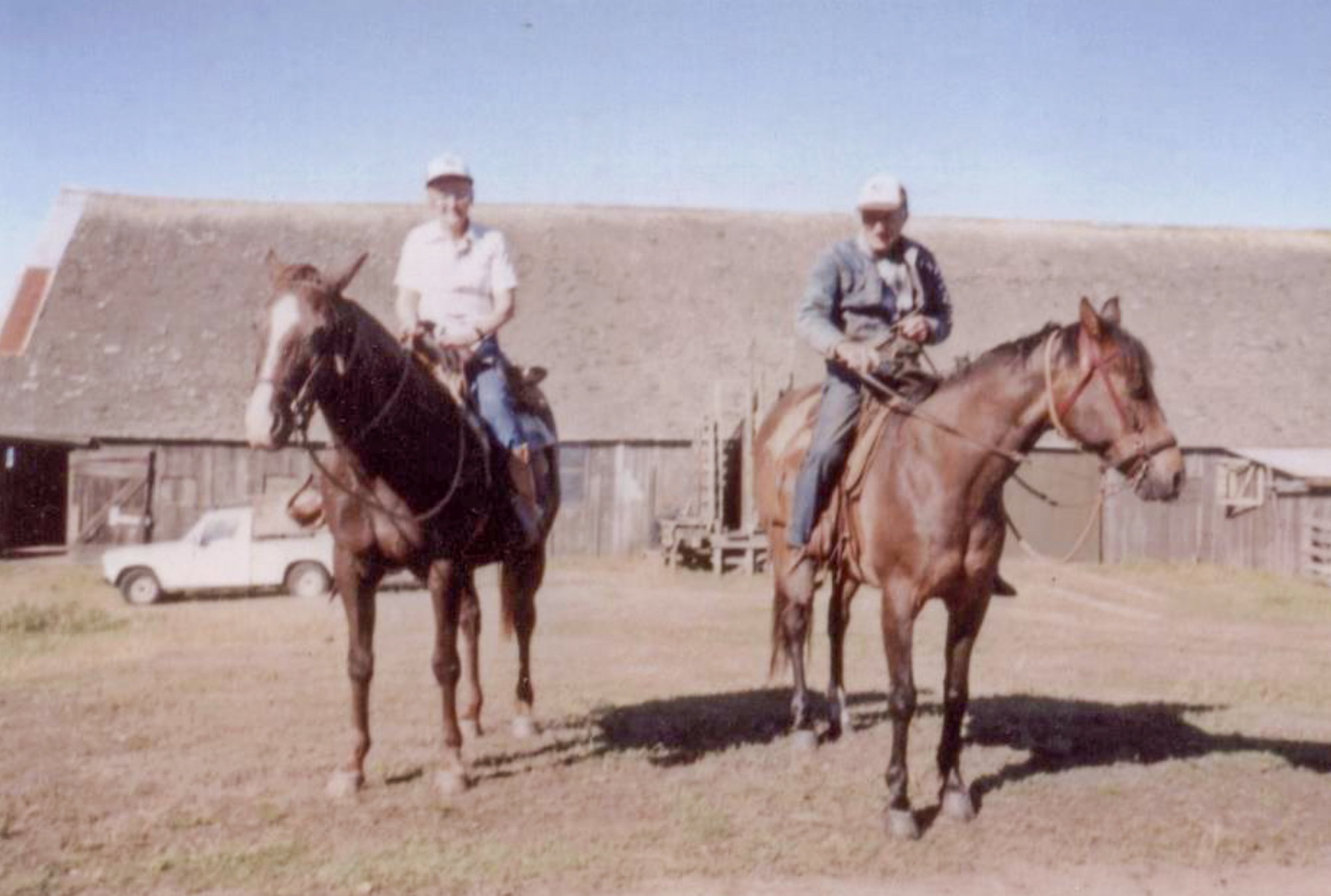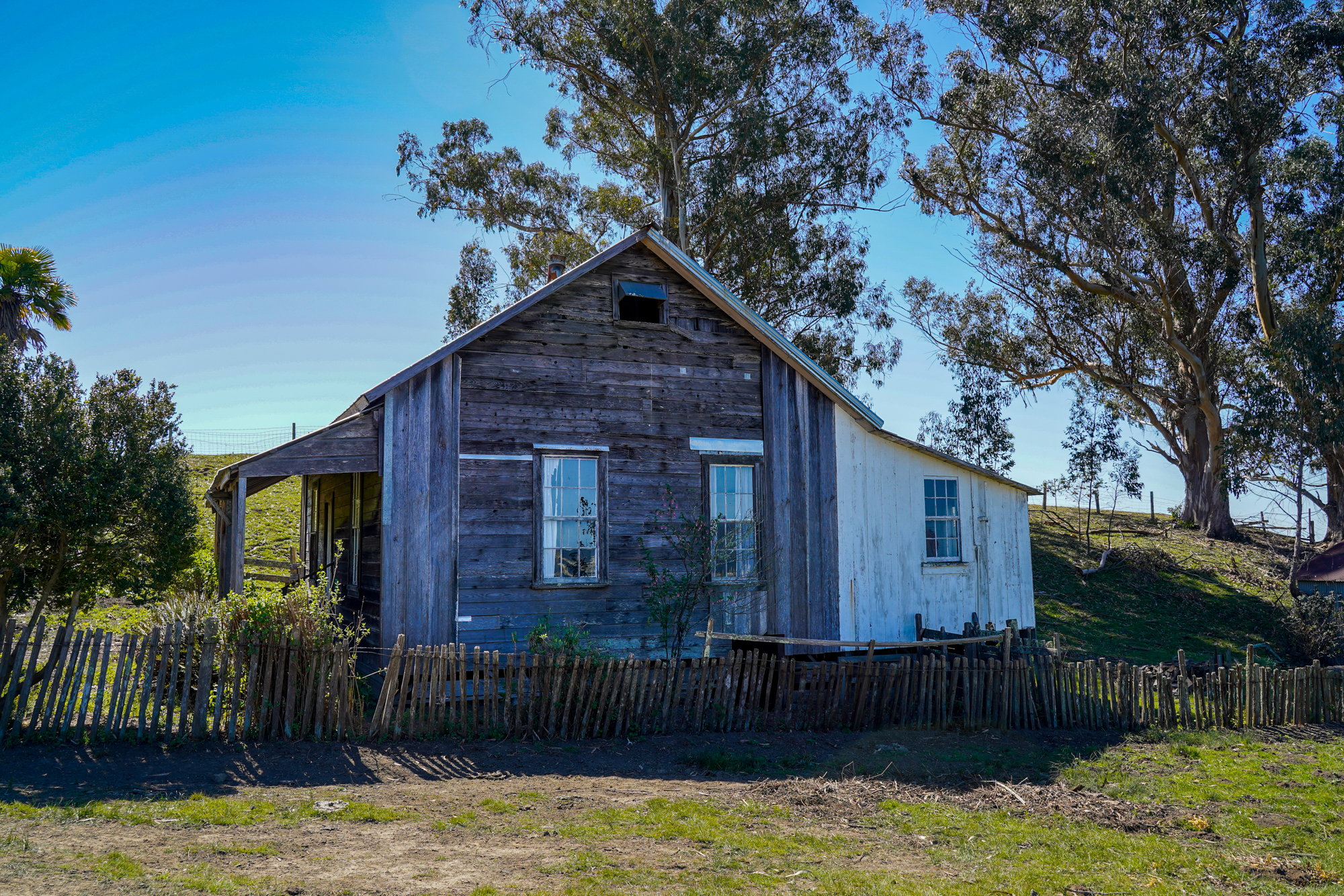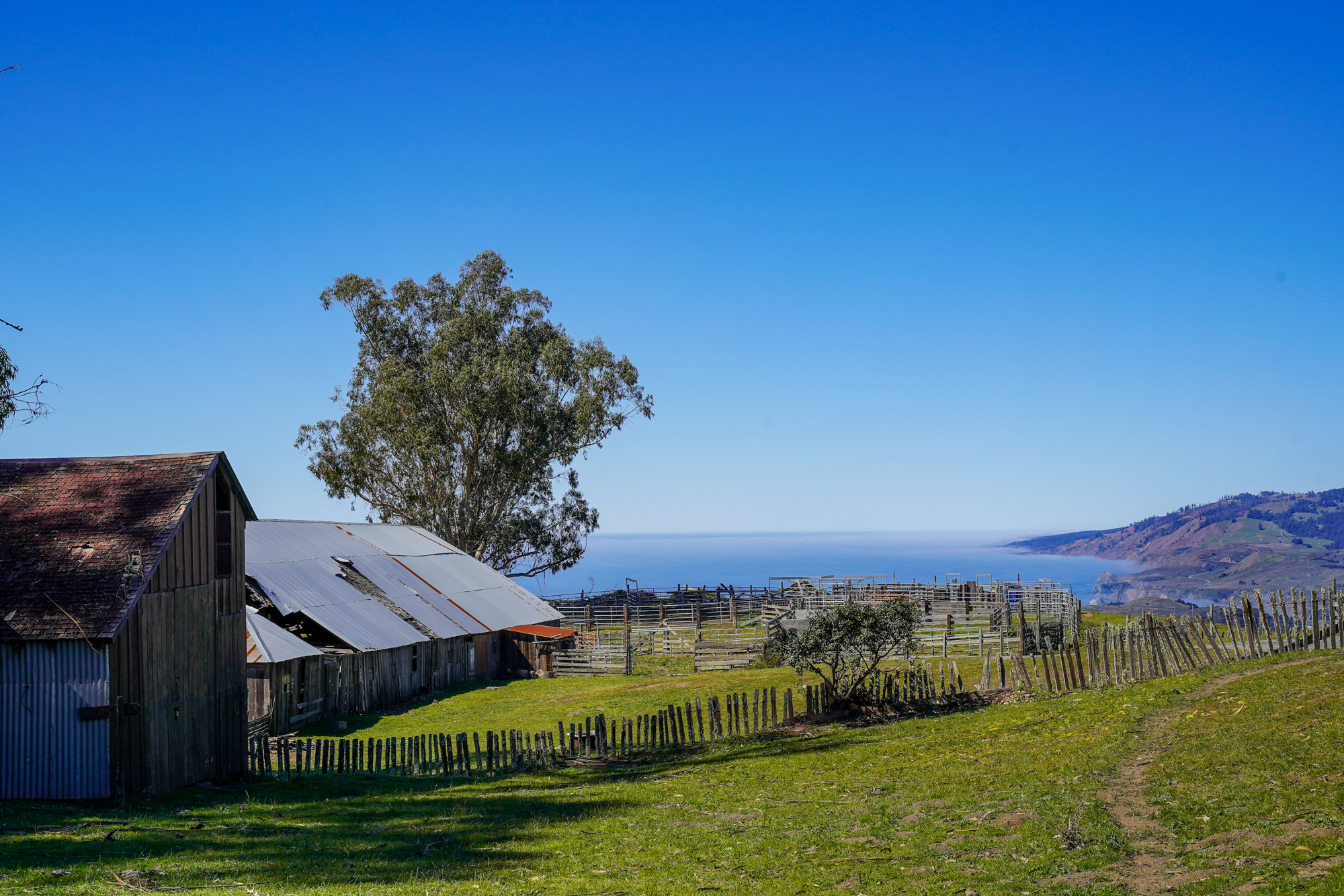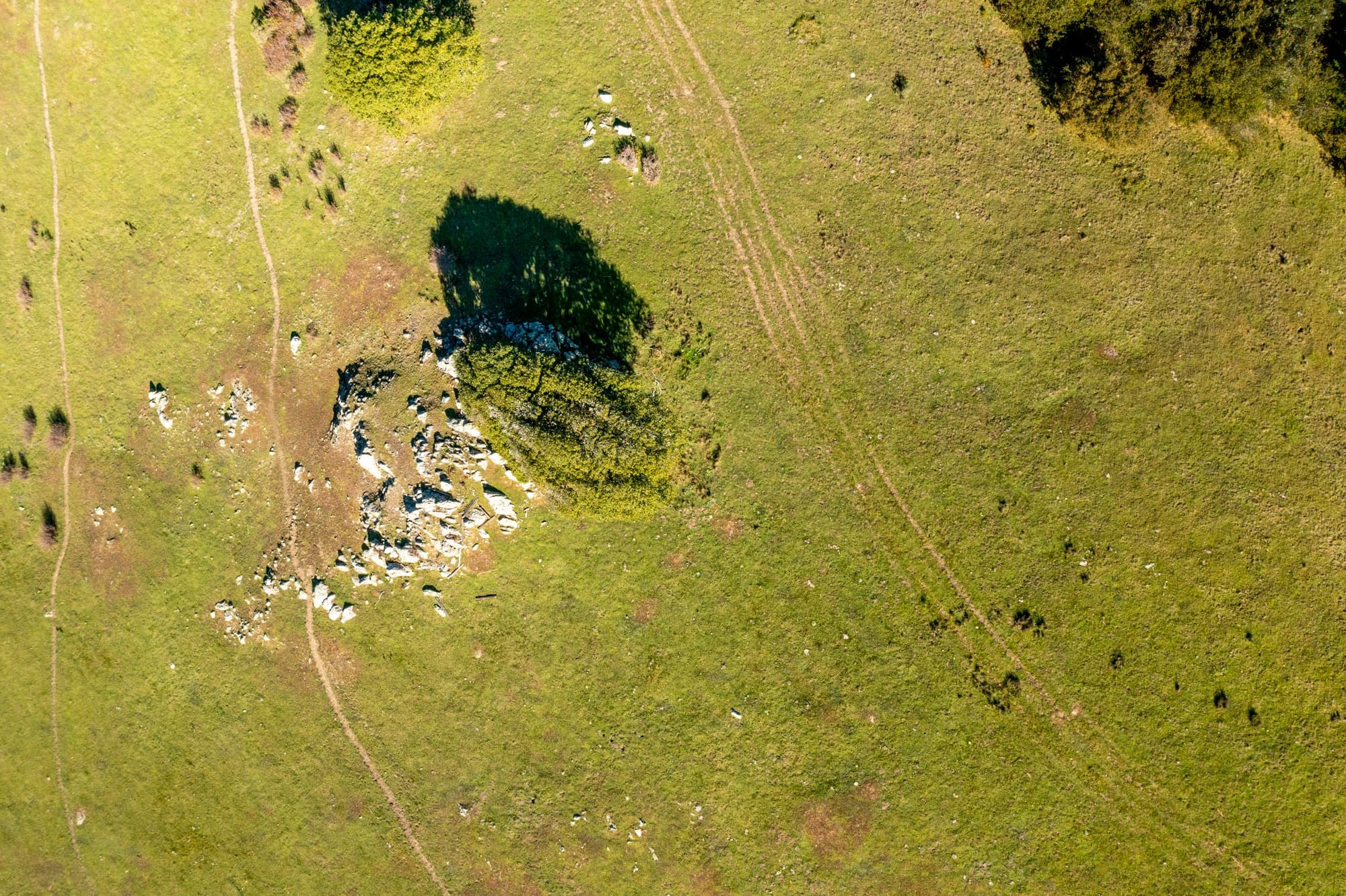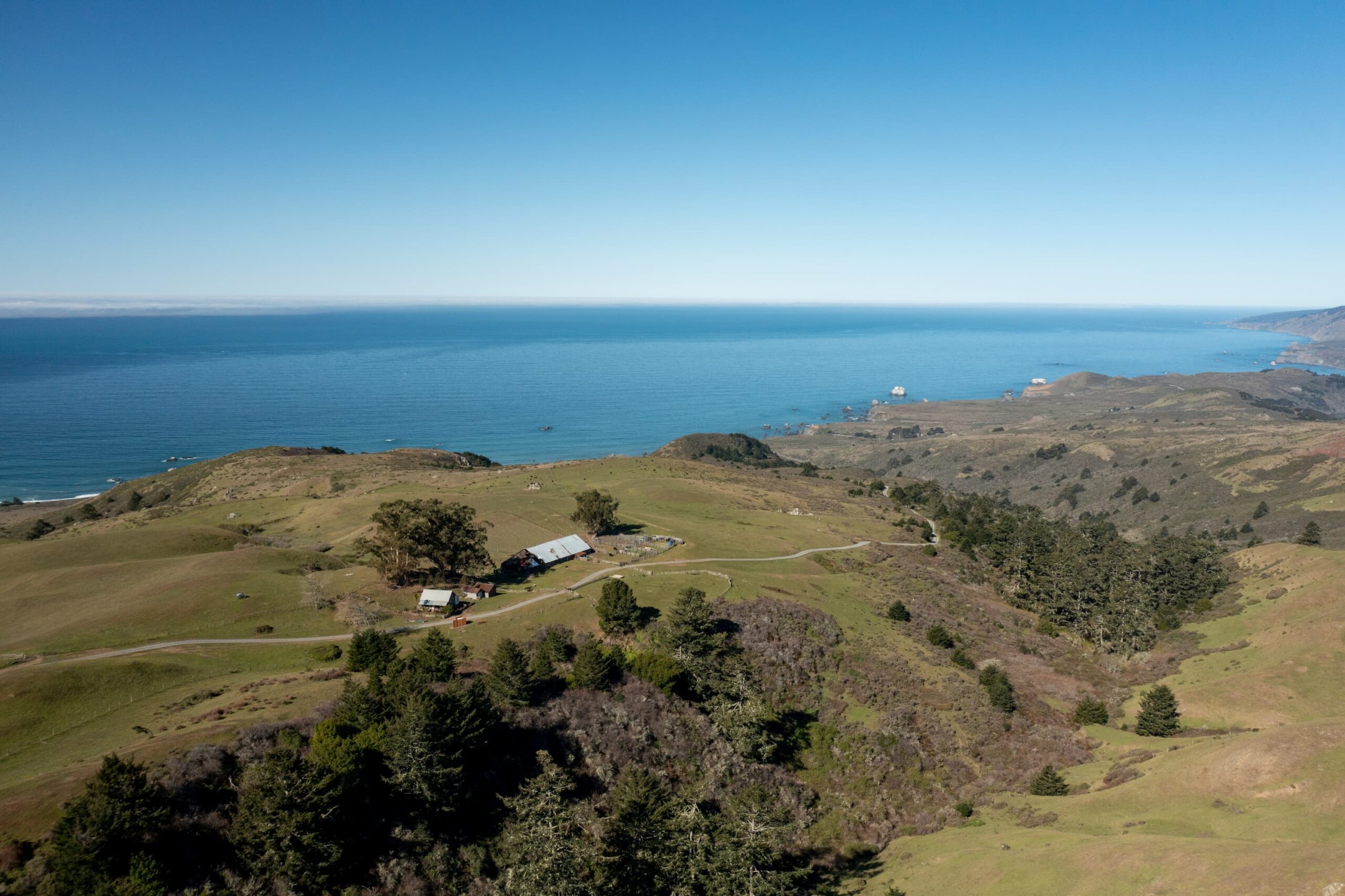
Wright Hill Regional Park and Open Space Preserve
DEVELOPING A PLAN FOR A NEW PARK ON THE SONOMA COAST
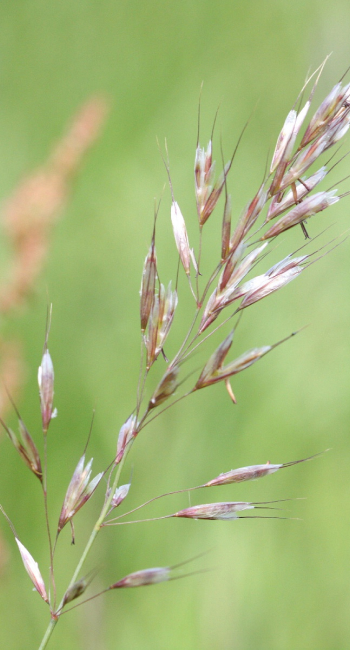
Sonoma County Regional Parks is planning for the opening of a new coastal ridge park and preserve, and we want your feedback.
The future Wright Hill Regional Park and Open Space Preserve (Park and Preserve) is located three miles southeast of the town of Jenner, running along the coastal ridges adjacent to thousands of acres of Sonoma Coast State Park. The 1,236-acre Park and Preserve offers spectacular ocean and coastal mountain views, a historic ranch, and diverse wildland habitat to explore.
Regional Parks recognizes that the Park and Preserve is on the ancestral lands of the Southern Pomo and Coast Miwok who are the original caretakers of this area. We respectfully acknowledge the Indigenous peoples who have been stewarding and maintaining relationships on this land as knowledge keepers for millennia.


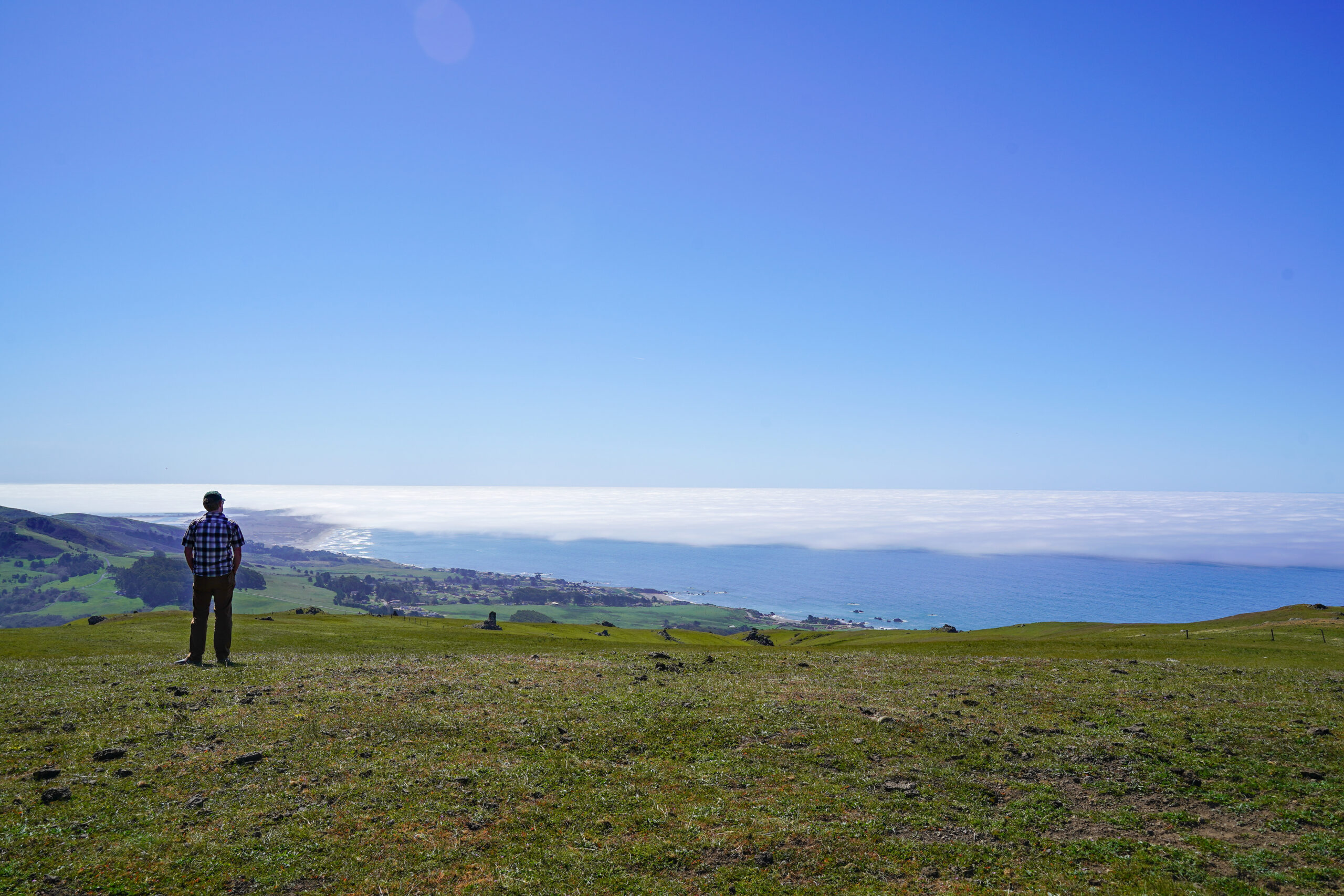
Project Tour
Access Constraints
Although Wright Hill Regional Park and Open Space Preserve offers spectacular views and opportunities for additional recreation on the Sonoma Coast, it is not without challenges. Accessing this property can’t be done from any public road, and much of the property is surrounded by California State Park land that limits trail uses.
Easement restrictions on the private gravel driveway limits access to only Regional Park staff use.
Map showing border of the Wright Hill Park and Open Space Preserve along with an access road and hiking access trail designation.
Park Context
Wright Hill was acquired by Regional Parks in August 2021. The 1,236-acre property is adjacent to thousands of acres of Sonoma Coast State Park land, and is a key link in a chain of protected lands that stretches from Bodega Bay to the Jenner headlands. The property includes two steep forested gulches, ascending from 440-foot elevation to the top of Wright Hill at 1,190-foot elevation. It serves as a critical link for wildlife and wildland recreation. The rolling hills provide stunning panoramic views of the coast, sea and the lower Russian River watershed, and are a significant contributor to Sonoma County’s scenic beauty.
The park’s scenic beauty offers opportunities for multi-use trails, hiking and picnicking with views of the Pacific Ocean or in the forested woodlands. Efforts are underway to conserve and manage the property, including tasks like debris removal and clean up at the historic ranch, removing old failing internal ranch fencing, and maintaining the property park access roads. Work is also in progress to provide initial public access during Park Preview Days while the Master Plan and California Environmental Quality Act studies are underway.
Map showing where the Wright Hill Park and Open Space Preserve fits in around public parks and private conservation easements in the surrounding area.
Park Terrain and Erosion Control, and Water Quality Protection
The property is characterized by steep terrain, including a system of steep gullies, some with slopes exceeding 35%. While the terrain provides for world-class views from the property, it also means that some of these areas are suffering from significant erosion, causing potential issues with water quality downstream.
Importance for Local Native American Tribes
Native Americans have been inhabiting the area near this site for at least 7,000 years. In fact, Native American archeological findings are common along the entire Sonoma Coast.
Prior to European settlement, the Kashia Band of Pomo Indians existed as a small community of 500 – 1,500 members at the mouth of Willow Creek near Wright Hill, and occupied about 30 miles of coastline, a territory that extended inland for five to thirteen miles.
The Kashia people use the abundant resources in the area, including coastal products such as marine fish, shellfish, and seaweed; riparian products such as reeds and sedges for baskets and nets; and forest products such as shredded bark. Chert and glaucophane schist outcrops provided materials for common tools such as projectile points, knives, choppers, and scrapers, some of which were used for ceremonial purposes.
The Kashia managed the landscape with the use of fire throughout the Sonoma Coast as a way to maintain healthy and vibrant ecosystems. Intentional fire helps initiate important ecosystem processes such as nutrient cycling, seed dispersal, germination, reduces pests and pathogens, and initiates resprouting of new growth.
Natural Features within the Park
Wright Hill supports coastal grasslands, scrub, woodlands, forests, and wetlands. This varied vegetation carpets a topographical matrix of rolling uplands, shallow to deep canyons, riparian corridors, and rock outcrops. This area also supports a wide variety and abundance of wildlife species due in part to this diverse vegetation and topography. At least 354 plant taxa have been documented on the property, and 250 of them are native to Sonoma County. At least 86 bird species have been documented on the property, and there is potential habitat for 13 reptile, 11 amphibian, and 47 mammal species.
Grasslands are the most extensive habitat on Wright Hill, comprising approximately half of the landscape. Grasslands provide forage for livestock, native plant and wildlife habitat, carbon storage, and protection of soil and water resources. The majority of the rest of the property is comprised of native forests, dominated by mixed broadleaf upland forests, remnant redwood groves, and mature California bay and Douglas-fir.
Wright Hill also supports 12 ephemeral stream channels. These habitats and the vegetation they support serve many important functions in the landscape.
Rock Outcroppings
Wright Hill has a stunning array of exposed bedrock formations, scattered like islands across the grasslands. While they’re also found in other vegetation zones, they often remain hidden beneath shrubs or trees. These rock formations range from craggy spires to gentle mounds of boulders. Each formation tells a story of time and weathering, sculpted into unique shapes that captivate the eye.
Beyond their visual appeal, these outcroppings serve as unique sanctuaries for life, offering shelter to a diverse array of plants, mosses, lichens, and small creatures. Within their labyrinthine crevices and wind-swept shelters, a thriving ecosystem finds its home, adding an extra layer of wonder to these natural wonders.
The habitat these rock outcroppings allow for are unusual on the Sonoma Coast, and thus they are a priority for protection.
Historic Site
Wright Hill Park and Open Space Preserve was most recently used as a working ranch. There is a history of ranching activities on the site going back to the 1850s and some of the physical features of this land use remain. In the late 1800s, portions of the site were used as a dairy and rangeland. Most recently, the property was used as a working “off grid” ranch by the Poff family, who sold it to Sonoma County Ag + Open Space in 2007 with the intention of turning it into a park.
Evidence of antiquated ranching methods can be seen throughout the property. Derelict fencing and ranch infrastructure once used for cattle and sheep ranching are scattered throughout. In addition, many of the gullies on the site feature extensive erosion, in part due to extensive grazing. Regional Parks is in the process of improving these conditions and enhancing the property with modern grazing infrastructure.
Project Timeline
2024
2025
2026
The Master Plan Process
Before the Park can open for regular public access, Regional Parks must complete a master plan to guide the development of trails, recreational and educational uses and stewardship of the natural resources. The Park Master Plan and associated California Environmental Quality Act (CEQA) studies are the governing documents required to make significant recreational improvements to the property. The process includes extensive public outreach and community engagement.
What are Conservation Easements and How Do They Apply?
Conservation easements are legal agreements that limit the development or use of land to protect its natural, scenic, or historic features. These agreements are voluntarily entered into by landowners, often with government agencies or conservation organizations, and they permanently restrict certain activities on the land, such as commercial development or subdivision. The easement’s terms are legally binding and ensure the preservation of its conservation values. In the case of Wright Hill, the land is owned by the County of Sonoma, while Sonoma County Ag + Open Space (a special district) retains a conservation easement with specific conservation values.

